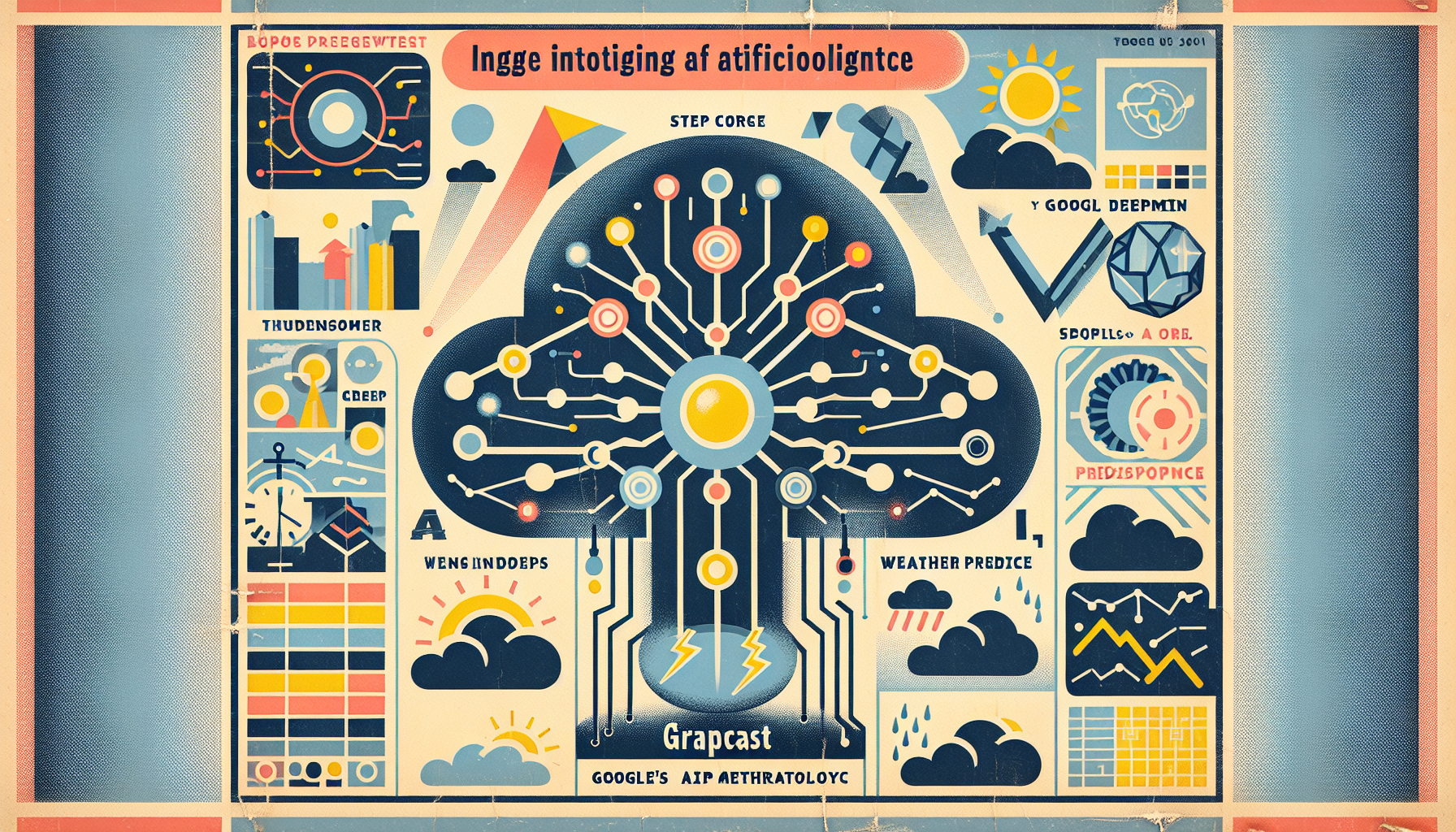Understanding GraphCast
GraphCast functions as a sophisticated weather predictor using machine learning and graph neural networks or GNNs. Unlike conventional systems plugged into physics-heavy equations and numerical predictions, GraphCast leans on nearly 40 years’ worth of historical weather data. This novel approach empowers the model to unearth patterns that might elude traditional methods.
The model operates on a remarkably detailed grid with a 0.25-degree resolution of latitude-longitude. This grid spans over a million points across the globe. At each point, GraphCast predicts an array of weather variables like temperature, wind speed and direction, sea-level pressure, and humidity across various altitudes. This precision is achieved with an innovative mesh framework and predictive techniques, allowing it to generate forecasts spanning 10 days at 6-hour intervals.
The Need for Speed
One of GraphCast’s standout traits is its breathtaking speed. While premier existing weather systems, like those at the European Centre for Medium-Range Weather Forecasts (ECMWF), may require powerful supercomputers and hours of processing, GraphCast achieves a comparable 10-day forecast in under a minute using just a desktop or a Google TPU v4 machine. This leap in computational efficiency positions GraphCast not only as faster but also significantly more energy-efficient than traditional methods.
Benchmarking Accuracy
GraphCast doesn’t just excel in speed; its predictive prowess is extraordinary. It outperforms ECMWF’s High Resolution Forecast system in over 90% of the evaluated metrics and eclipses previous top machine learning models in almost 99% of evaluated areas. It particularly shines in anticipating severe weather phenomena such as extreme temperatures, tropical cyclones, and flood-risk atmospheric rivers.
Responses to Extreme Weather
GraphCast’s ability to foresee severe weather with precision opens crucial avenues in the fight against climate change. By detecting severe weather patterns well in advance, GraphCast is a vital tool in disaster preparedness, with the potential to save lives and mitigate damage. For example, during a live test, GraphCast successfully predicted Hurricane Lee’s landfall in Nova Scotia a full nine days ahead, outshining conventional forecasts.
Beyond immediate predictions, AI’s role in weather forecasting enhances broader climate adaptation strategies. Google, part of the World Economic Forum’s AI Governance Alliance, underscores the need for responsible AI applications, including those geared towards climate and weather prediction. Such initiatives can advance the anticipation and alleviation of climate change-aggravated weather impacts.
Charting the Future
GraphCast isn’t just a marvel of technology but a step toward making AI-driven weather forecasting more accessible. By open-sourcing the model’s code, Google DeepMind invites scientists and forecasters worldwide to leverage this technology. The ECMWF, too, is exploring GraphCast’s capabilities, presenting a promising avenue for its further refinement as more refined data rolls in.
In closing, GraphCast symbolizes a pivotal moment in weather forecasting, delivering data with unprecedented speed, accuracy, and efficiency. With the global challenge of increasingly extreme weather, this AI model emerges as an indispensable asset for better preparedness and decision-making, playing a crucial role in addressing the climate crisis.

Leave a Reply